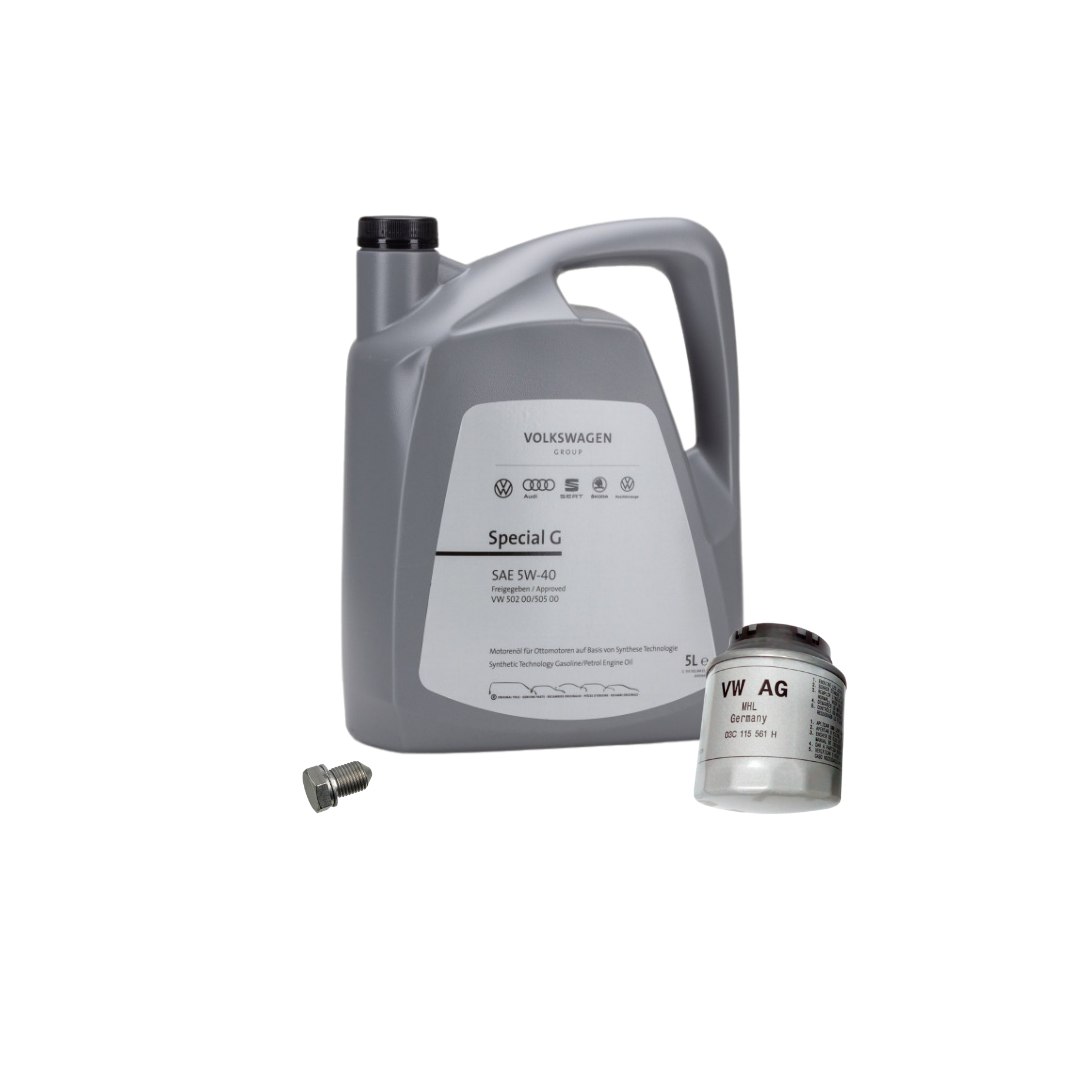Increase fuel efficiency with a top-tier clp engine.
Increase fuel efficiency with a top-tier clp engine.
Blog Article
Exactly How a Clp Engine Can Improve Performance in Different Industries
The arrival of CLP engines marks a considerable change in functional efficiency across different fields, driven by their ability to enhance fuel intake and decrease downtime. As organizations increasingly prioritize sustainability together with performance, the duty of CLP engines becomes even much more important.
Overview of CLP Engines
CLP engines, or Continuous Fluid Propellant engines, stand for a considerable improvement in propulsion modern technology, especially for area applications. These engines use a continuous feed system that allows for the continual expulsion of propellant, bring about boosted effectiveness and performance compared to conventional solid or hybrid propulsion systems. By keeping a consistent flow of liquid propellant, CLP engines can attain extra specific drive control, which is important for navigating spacecraft in different mission scenarios.
The style of CLP engines integrates innovative products and ingenious fuel management systems. clp engine. This causes lowered weight and boosted dependability, necessary aspects for long-duration space missions. The continuous operation decreases the threat of burning instability, a typical challenge in standard rocket engines.

Benefits in Manufacturing
The manufacturing of Constant Liquid Propellant (CLP) engines provides a number of significant benefits that boost both performance and cost-effectiveness. Among the key benefits is the streamlined production process, which decreases the complexity related to traditional propulsion systems. By using fluid propellant, manufacturers can accomplish better accuracy in engine performance, causing maximized power result and lowered waste.
In addition, CLP engines help with a higher degree of modularity, enabling for much easier integration into various manufacturing lines. This adaptability can substantially lower preparations and enhance general operational adaptability. The use of CLP modern technology likewise has a tendency to minimize the requirement for substantial maintenance as a result of fewer relocating parts, which converts into reduced downtime and functional costs.

Applications in Logistics
Leveraging Continuous Liquid Propellant (CLP) engines in logistics offers considerable advantages in functional effectiveness and integrity. These engines offer a durable remedy for numerous transport demands, enabling the seamless activity of items throughout vast distances. The integral use this link layout of CLP engines enables regular power result, which translates into smoother and more predictable transportation schedules.
One of the essential applications of CLP engines in logistics is in durable freight transport, where they can drive both ground and aerial automobiles. Their capacity to preserve high performance under differing load conditions ensures that shipment timelines are fulfilled, therefore boosting consumer satisfaction. Additionally, CLP engines can be integrated into automated logistics systems, facilitating real-time tracking and optimizing route planning.
In addition, the resilience of CLP engines reduces maintenance downtime, allowing logistics firms to optimize their functional abilities. This is especially useful in warehousing procedures, where efficiency in handling and delivering products is crucial. As logistics remains to advance, the combination of CLP engines represents a forward-thinking technique that not only boosts efficiency but additionally sustains the market's expanding demands for reliability and rate.
Impact on Power Effectiveness
How do Continual Liquid Propellant (CLP) engines boost energy performance in transportation? CLP engines utilize a regular flow of fluid fuel, enhancing combustion processes and keeping a stable drive outcome. This design lessens energy losses connected with traditional burning engines, where fuel shipment can vary and cause inefficiencies.
The constant operation of CLP engines enables a much more reliable thermal cycle, leading to greater particular impulse compared to standard engines. clp engine. This converts to lowered fuel consumption for the same quantity of job done, dramatically decreasing operational expenses throughout webpage various transportation Look At This sectors, including aeronautics and maritime industries
Additionally, the capability of CLP engines to keep optimum efficiency under differing lots problems reduces the need for frequent acceleration and deceleration, further enhancing fuel efficiency. Improved energy efficiency not just adds to set you back financial savings yet additionally leads to decrease greenhouse gas exhausts, straightening with international sustainability objectives.
Future Trends and Innovations
Emerging improvements in Constant Liquid Propellant (CLP) engine technology promise to revolutionize the landscape of transportation performance and sustainability. As sectors pivot towards greener choices, CLP engines stand at the center, incorporating ingenious materials and design methodologies that boost efficiency while lessening environmental impact.
One of one of the most encouraging trends is the fostering of crossbreed systems that integrate CLP engines with renewable resource sources. This synergy can optimize fuel usage and decrease exhausts, straightening with international sustainability objectives. Additionally, innovations in computational liquid characteristics (CFD) are facilitating the design of even more aerodynamically reliable engines, resulting in minimized drag and boosted gas effectiveness.
Furthermore, the growth of clever surveillance systems is established to improve functional efficiencies. These systems leverage data analytics and IoT technology to maximize engine performance in real-time, making certain that the engines operate within their most reliable parameters.
As study continues to check out alternative propellant formulas-- such as biofuels and artificial fuels-- the future of CLP engines looks appealing. By harnessing these developments, sectors can not only boost their efficiency however additionally contribute substantially to a cleaner, more sustainable future in transport.
Conclusion
In conclusion, CLP engines represent a significant improvement in performance throughout several markets. The combination of sophisticated products and fewer moving parts minimizes maintenance requirements, while alignment with sustainability goals placements CLP engines as a crucial modern technology for the future.
Report this page